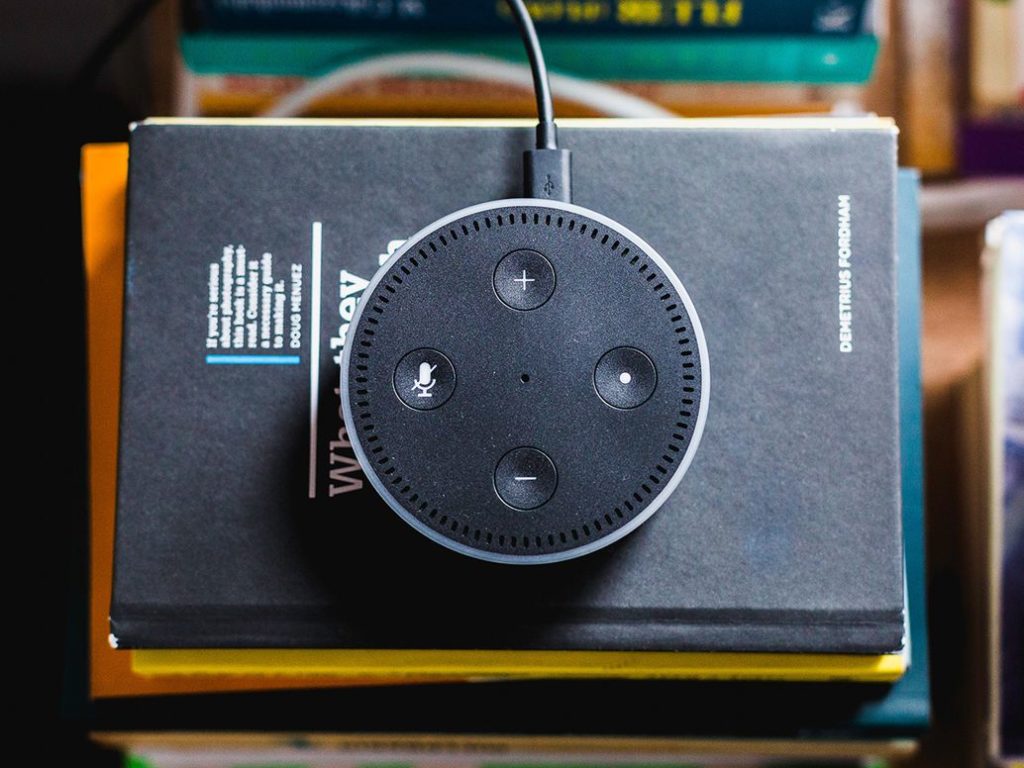Marketers are always talking about the next big thing, which can make it hard to discern genuine changes in the marketing landscape from the trends that are just hype. But the research on voice search is in. Over a third of all people in the U.S.—around 112 million total—use a voice assistant at least once a month.
And many believe that number will only grow. Gartner’s experts have predicted that 30% of all searches will be done without screens by next year.
Those numbers are compelling, but alone they don’t tell you why voice search is so important. If all those searches were people asking common trivia questions or checking the day’s weather, most marketers still wouldn’t have much cause to care. But according to a Google survey, people use voice search for a range of informational queries that includes business information and deals and promotions.
And while search engine optimization (SEO) is extremely competitive in general, voice search is one area where there’s a pretty sizeable content gap. A lot of voice searches still fail to produce a clear result. For marketers, that’s called an opportunity.
3 SEO Strategies for Smart Speakers
Getting the top spot in Google assures you’ll reach more people, but claiming the only spot in a smart speaker voice query brings your content to a whole new audience. To broaden your SEO strategy for smart speakers, incorporate these three strategies.
1. Optimize for answer boxes.
You may assume that getting the top spot in Google is the best way to be the go-to voice search answer for smart speakers, but not so. Position zero, often called the answer box or featured snippet, is where you should set your sights.
In one study, 80% of all Google Home results came from the answer box. And featured snippets are only pulled from the top-ranking Google result about a third of the time. If you can get onto page one and have the content that’s best optimized for the answer box, you stand a good shot at earning it, and with it the voice search result.
Some best practices to help you snag position zero are:
- Including the question you’re targeting in your URL, page title, and H1 tag.
- Providing a brief version of the answer. The average voice search result is 29 words, and the average length of a featured snippet is 45 words. Try to keep your answers within or below that range.
- Putting your short answer in the meta description as well as immediately following the H1.
- Including an optimized image high up on the page with your target keyword in the alt text and image name.
- Expanding on the brief answer with additional helpful information. Even though the voice search answer needs to be brief, the average word count of a page that the voice result is pulled from is 2,312 words.
2. Use conversational language.
According to Google’s research, people say talking to their smart speaker feels like talking to a friend. The language you use when chatting with another person is different than what you’d plug into a search engine when sitting at the computer. When aiming for voice results, you need to shift your keyword focus to the kind of language people use in conversation.
Often that means questions. For example, someone talking to Alexa is more likely to ask “where can I buy boxes?” than to search “cheap moving boxes.”
Look at the keyword list you have now and hone in on the keywords that are already in question form and those that can be easily re-worded as a question. Then supplement the list you have by:
- Searching your primary keywords on Google and checking their “People Also Ask” section
- Plugging them into the tool Answer the Public to get a long list of related question-based keywords
Then consider which of the question keywords on your list make sense for voice search—not all will. For example, a person probably won’t ask Alexa a question that requires complex instructions and visuals like “how do I build an ecommerce website with WordPress?” But they might ask something like “what’s the best ecommerce plugin for WordPress?”
Checking Google and Bing to see which of your keywords produce answer boxes is a good way to check if your keyword may work for voice search. If so, it shows the search engines have determined a short answer can be helpful.
3. Start thinking about Actions and Skills.
Right now, most smart speaker SEO is focused on the search engines, and research confirms that most voice answers related to brands are currently pulled from search. But brands can interact more directly with consumers on smart speakers by creating relevant Amazon Skills or Google Actions.
Currently developers have only created around 80,000 Alexa Skills, and 4,000 Google Actions. When you think of all the brands vying for attention via smart speakers, those numbers look pretty small—especially for Google Assistant. Creating Skills and Actions gives you a way to interact with your customers more directly and potentially circumvent the search engines for certain questions or commands.
A productivity app could build a Skill or Action that helps people complete their to-do list or track their time with their smart assistant. An allergy brand could build one that provides personalized information about allergen levels (actually, Zyrtec already did). Not many brands are thinking about how to use Skills and Actions to provide relevant, helpful information to customers. There’s room for you to be an early adopter in your industry,
Don’t Abandon Your Current SEO Strategy
All of these strategies should be used in tandem with the kind of SEO tactics you already employ. The pages Alexa and Google Home are most likely to pull from when providing voice answers generally check all the boxes we associate with strong SEO:
- The pages load fast.
- They have enough backlinks to demonstrate authority.
- The website is secure (HTTPS sites account for 70% of Google Home voice answers).
These aren’t suggestions to replace the SEO work you’re doing now. But by adding a new layer to how you think about and approach SEO, you’ll gain additional opportunities to interact with your audience and build your brand through smart speakers.





Join the conversation